Founders Day October 5, 2013
The Weston Historical Society hosted an open house on October 5, 2013, the day of the Weston300 Founders Day Parade. Our thanks to Addie Fiske for loaning us two beautiful dresses, of the style that Alice and Ellen Jones might have worn when they lived in the Jones House, now known as the Josiah Smith Tavern, in the late 19th and early 20th century.

Addie Fiske, herself in period costume, next to a mannequin wearing one of the two historically appropriate dresses she lent to the historical society for the occasion.
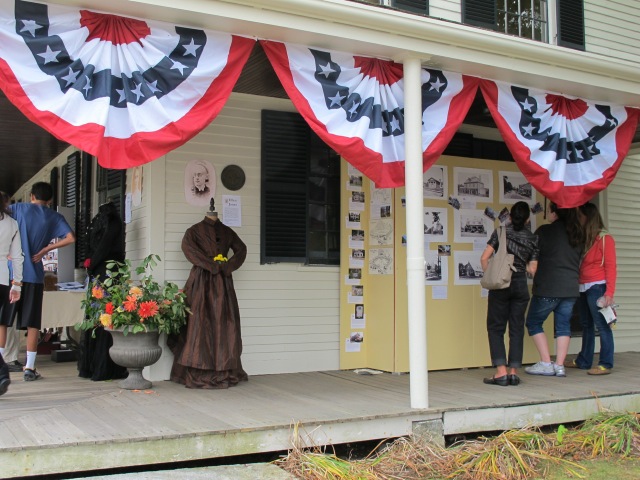
Visitors examining the society's exhibit on the "Tavern to Tavern Trek," 18 historical sites or buildings between the Josiah Smith and the Golden Ball taverns.
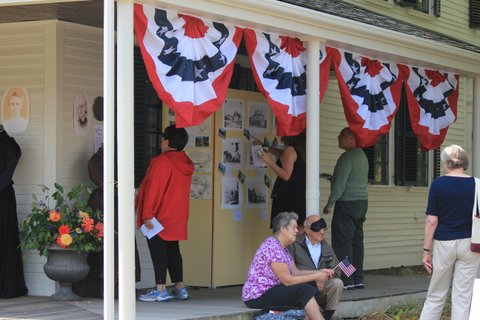
Visitors to the porch of the Josiah Smith Tavern on Founders Day, October 5.
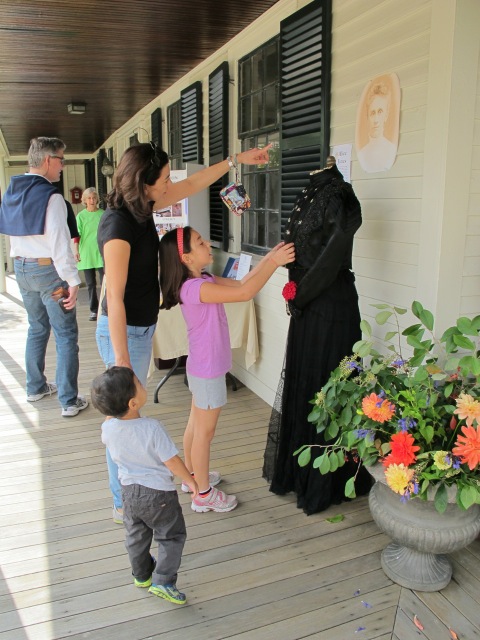
A family visiting the exhibit on Founders Day admires one of the period dresses borrowed for the day.
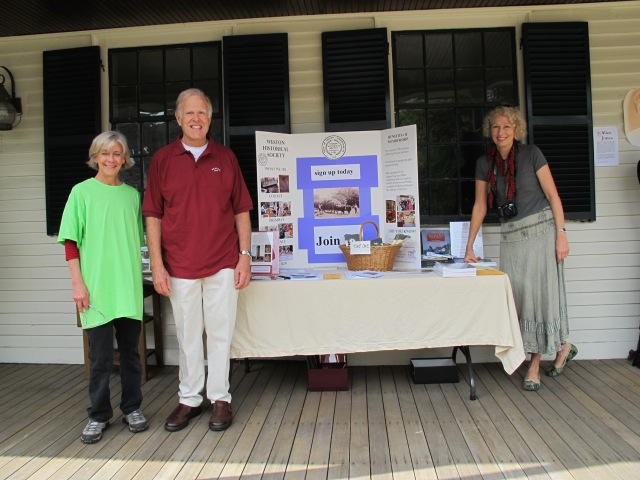
Weston Historical Society Board members Beth Nolan, Tony Davies, and Tania Deary volunteering on Founders Day, October 5.
WHAT'S NEW
Weston Historical Society's Spring Lecture
"Weston and the Development of The Hub's Metropolis"
by James O'Connell
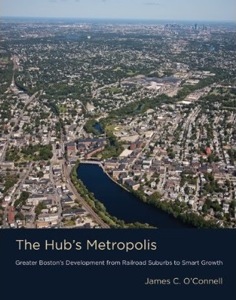
7:15 PM Refreshments
7:30 PM Lecture
Weston Public Library
All are welcome.
Urban historian James O'Connell will present an illustrated talk about how the landscape of metropolitan Boston —
including the Town of Weston — was shaped over two hundred years. From the village centers of 1800 to the far-flung,
automobile exurbs of today, Boston has been a national pacesetter for suburbanization. In his book The Hub's Metropolis,
James O'Connell charts the evolution of Boston's suburban development.
Boston is compact and consolidated — famously, "the Hub." Greater Boston, however, stretches over 1,736 square miles
and ranks as the world’s sixth largest metropolitan area. Boston suburbs began to develop after 1820, when wealthy city dwellers
built country estates that were just a short carriage ride away from their homes in the city. Then, as transportation became
more efficient and affordable, the map of the suburbs expanded. The Metropolitan Park Commission's park-and-parkway system,
developed in the 1890s, created a template for suburbanization that represents the country's first example of regional planning.
O'Connell identifies nine layers of Boston suburban development, each of which has left its imprint on the landscape:
traditional villages; country retreats; railroad suburbs; streetcar suburbs (the first electric streetcar boulevard,
Beacon Street in Brookline, was designed by Frederic Law Olmsted); parkway suburbs, which emphasized public green space
but also encouraged commuting by automobile; mill towns, with housing for workers; upscale and middle-class suburbs
accessible by outer-belt highways like Route 128; exurban, McMansion-dotted sprawl; and smart growth. Still a pacesetter,
Greater Boston has pioneered anti-sprawl initiatives that encourage compact, mixed-use development in existing neighborhoods
near railroad and transit stations.
James O’Connell is a planner and historian for the Boston Regional Office of the National
Park Service. He has a B.A. from Bates College and an M.A. and Ph.D. in Urban History from the University of Chicago.
He has written five books, including Becoming Cape Cod: Creating a Seaside Resort.
A Weston Timeline
For the 2013 Tercentennial, the Weston Historical Commission has published A Weston Timeline by Pamela W. Fox, a 46-page color illustrated booklet produced in cooperation with the Weston Historical Society.To order a copy at a cost of $12 plus $5 shipping and handling, click on Order Form, A Weston Timeline.
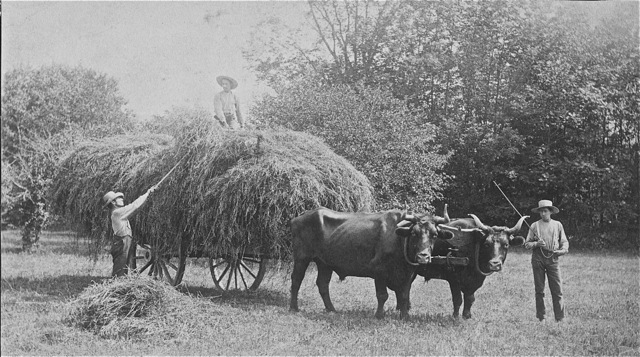
Will You Pitch In?
Donations to underwrite expenses for the WHS Tercentennial Exhibition continue to be gratefully accepted. The names of current sponsors have been acknowledged on a display panel at the exhibition. Contributions can be mailed to Weston Historical Society at P.O. Box 343, Weston MA 02493.The exhibition is sponsored in part by grants from the Weston 300 Committee, Weston Public Library Trustees, Friends of the Weston Public Library, and Weston Cultural Council, a local agency supported by the Massachusetts Cultural Council, a state agency. Underwriters included Highland Meadows, Weston Landscape and Tree Company, and private individuals. Other business sponsors were Georgia Foote and Kathy Shepard, Coldwell Banker, Priscilla Hindmarsh and Deena Powell, Coldwell Banker, and Omni Supermarket. Special thanks also to B.L. Ogilvie and Sons, Florentine Frames, Personal Cleaners and Tailors, Doug MacDougall, Adson Brito, and Dan Bryden.